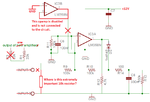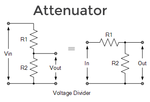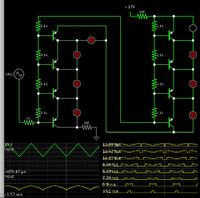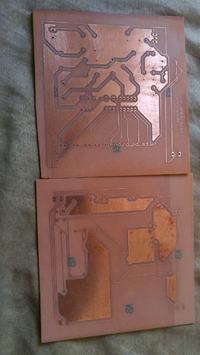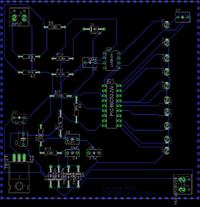Audioguru
Advanced Member level 7
- Joined
- Jan 19, 2008
- Messages
- 9,457
- Helped
- 2,151
- Reputation
- 4,302
- Reaction score
- 2,008
- Trophy points
- 1,393
- Location
- Toronto area of Canada
- Activity points
- 59,720
You do not do what I say or show because you do not know what you are doing. Maybe you should do gardening instead and let an electronic guy do your electronics for you.
I also made a mistake. This VU meter circuit can show only the output of ONE amplifier. If you connect two amplifiers then the voltage divider provides a voltage that is 2 times too high.
I also made a mistake. This VU meter circuit can show only the output of ONE amplifier. If you connect two amplifiers then the voltage divider provides a voltage that is 2 times too high.
